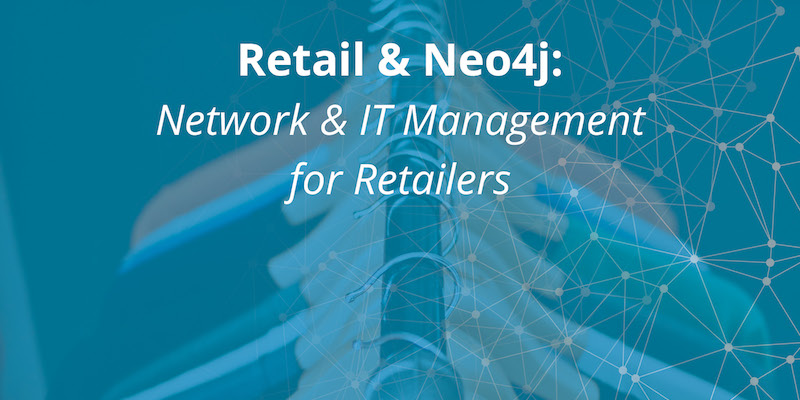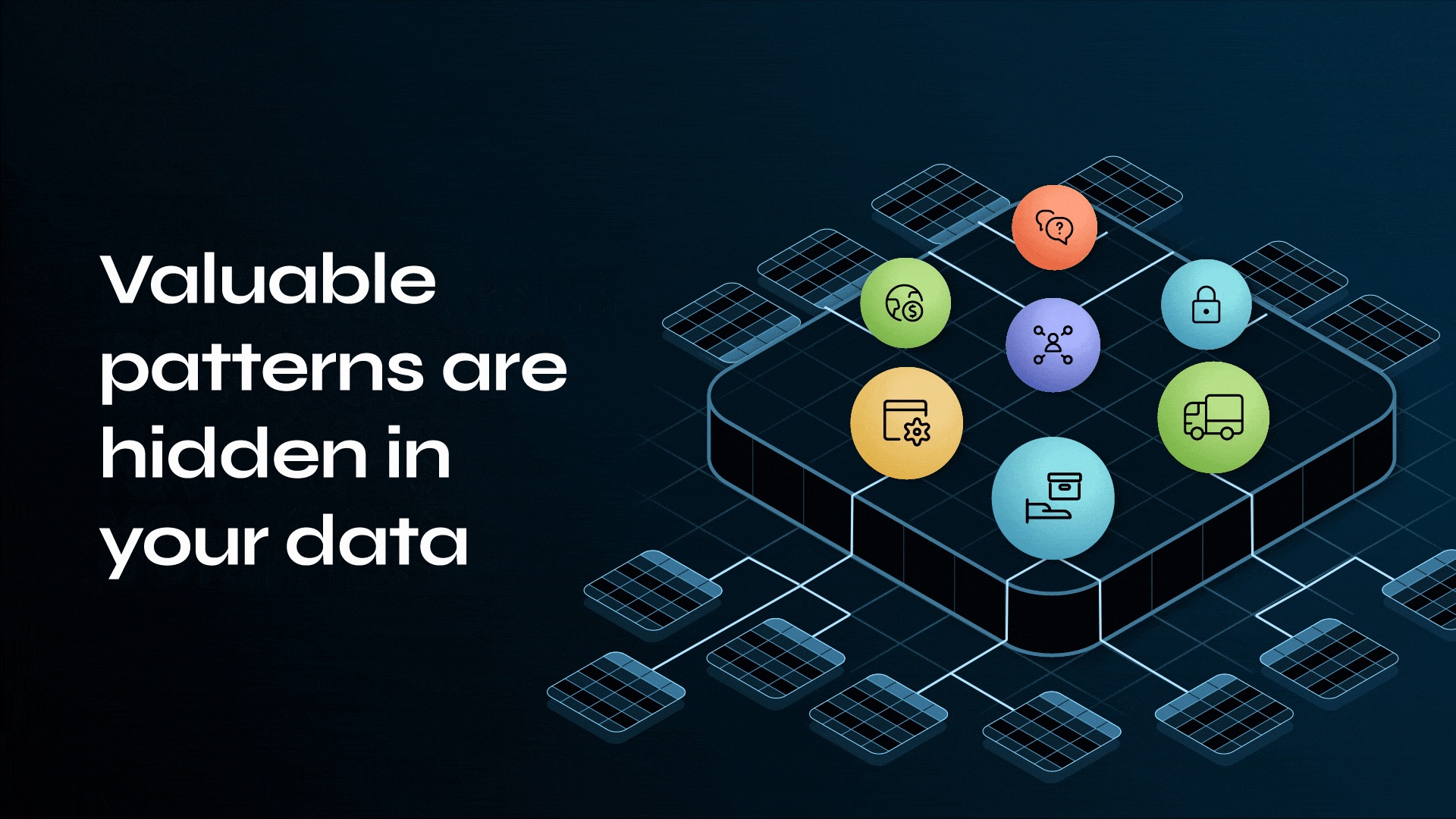Retail & Neo4j: Network & IT Management for Retailers
3 min read

In order to re-invent the value chain from linear to circular and highly connected, retailers need to modernize their IT infrastructure rapidly and cost-effectively.
In addition, web-based retailers must find a way to handle scale and sophistication to remain competitive. After all, Amazon – their biggest competitor – already handles both with ease.
Fortunately, graph technology helps today’s ecommerce and retail professionals overcome these IT management challenges.
In this series on Neo4j and retail, we’ve broken down the various challenges facing modern retailers and how those challenges are being overcome using graph technology. In our previous posts, we’ve covered personalized promotions and product recommendation engines, customer experience personalization, ecommerce delivery service routing, supply chain visibility and pricing management.
This week, we’ll wrap up our discussion with network and IT operations for retailers.
How Neo4j Simplifies Network & IT Management for Retailers
Oftentimes, retailers have complex networks, and they increasingly have components that are in the cloud (or multiple clouds) as well as on-premises data centers. It can be difficult to represent every IT asset and understand how they’re interconnected in most traditional configuration management databases (CMDB).
Consider, for example, a physical server that’s running multiple virtual machines (VMs). The VMs may be hosting containers that are running different processes and connected to different subnets. A graph database can be used to see how all these components interconnect.
System administrators can also use a graph database to maintain a map of all the different network assets. This map can be used to better secure the network and to detect vulnerabilities or to limit the spread of an intrusion.
Penetration testers and security admins use Neo4j when they use Bloodhound, an open source pen-testing tool. Bloodhound tracks Active Directory permissions and is used by both blue and red teams to uncover problems in Active Directory security as well as potential attacks. Because of Neo4j’s index-free adjacency, users get predictable query response times regardless of the size of the database.
Conclusion
While not always foremost in the minds of retailers, network and IT management are essential to long-term, strategic success in an Amazon-dominated industry. Forward-thinking, retail IT organizations can use Neo4j to map and monitor network assets to offer seamless scale and sophistication to end-shoppers. In addition, Neo4j helps retail cybersecurity professionals keep the bad guys out of the network and away from disrupting the shopping experience – or stealing shopper’s critical data.
Either way, the status quo technology – relational databases – is no longer enough to tackle retailer’s challenges within network and IT operations.
This concludes our blog series taking a closer look at graph technology use cases in the retail industry. To catch up with any of the posts you missed, click the links below, or download our white paper to cover them all.
Witness how today’s leading retailers are using Neo4j to overcome today’s toughest industry challenges with this white paper, Driving Innovation in Retail with Graph Technology. Click below to get your free copy.
Catch up with the rest of the retail and Neo4j blog series:









